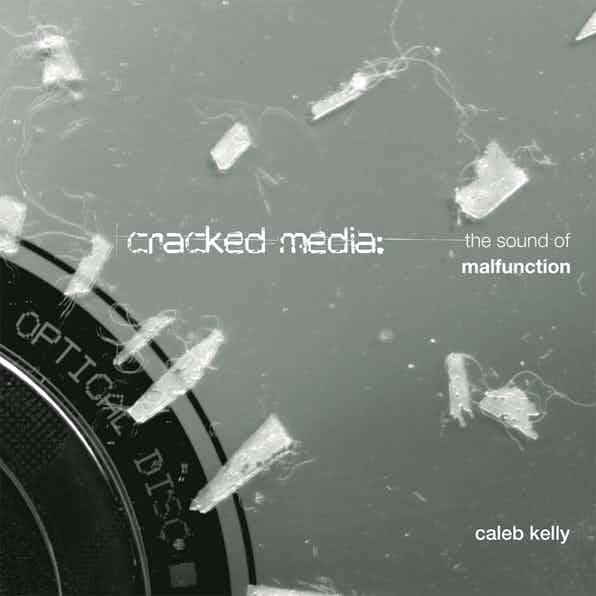“What is the most important element of music? The element of time.”
The composer John Cage reminds us that sound and music do not exist without time, in fact a sound must be a certain length of time for us to even be able to perceive it. But what about the speed of a sound? What role does it play in our perception? How is the rate at which something played back (imagine a record player winding down) linked to outside forces and cultural ideas?
Here are a few examples:
Cumbia Rebajadas

Cumbia is a musical form originated in Colombia that spread as a popular musical form throughout Latin America. Cumbia Rebajadas is a variation from Monterrey Mexico with an unusual origin story.
Rebajada can be traced to one man, Sonido Dueñez. Here he is describing this cumbia’s origins:
The rebajada was created at a party when the Radson [a brand of amplifier] began to sound slow because the turntable’s motor ground down. We were scared cause of what happened, but then after this accident people began to ask for the rebajado version [rebajado means lowered or cut down in some way, i.e. slowed down], so we recorded Volume One, Two, Three and one hundred more. Thank god we have the original cassettes. The first cassette was released in 1992 and we sold it at the Puente del Papa market by the Santa Catarina river. My wife began to sell three or four cassettes with a little table and sound system, and thank god we made a lot.
Sonido Dueñez.
Screwed and Chopped

“Since the 1990s, many of Houston’s African American residents have customized cars and customized the sound of hip hop. Cars called “slabs” swerve a slow path through the city streets, banging out a distinctive local music that paid tribute to those very same streets and neighborhoods.” – Phantom Power
Screwed and Chopped is a style of Hip Hop that emerged from this culture. Like Cumbia Rebajada it pitches the music down by slowing the speed of the turntable. Also like Rebajada, you can trace this music back to one artist, in this case DJ Screw

Here is a great episode of the podcast Phantom Power that dives into the history of Screwed and Chopped, its links to Slab culture, 1990’s hip hop, and the slowing and blurring effects of the narcotic beverage called “lean”, a combination of codeine cough syrup and soda that ultimately killed the originator of the Screwed and Chopped style, DJ Screw.
9 Beet Stretch
Rebajada and Screwed and Chopped showed how a technical glitch (like a damaged turntable) can actually be a generative force, spawning a new aesthetic style. For a comprehensive take on the aesthetics of malfunction in avant garde art and contemporary experimental music, check out the book Cracked Media – The Sound of Malfunction by Caleb Kelly

Here’s an example that escapes the realm of motors and manual pitch shifting and leaps into the stretching of digital files. In 9 Beet Stretch the Scandinavian artist Leif Inge took a piece of music that’s pretty recognizable to most people, Beethoven’s 9th Symphony, which usually clocks in at about 70 minutes, and stretched it to a full 24 hours.
The difference between what we hear in 9 Beet Stretch and, say South Side Groovin’ from DJ Screw, is that in the case of “Groovin” when the turntable slows down, the pitch is also lowered. So the voice and music sound slower and lower. In 9 Beet Stretch however, Inge uses various technologies to stretch the music while maintaining the original pitch of the sound.
The blurring and stretching transformations in 9 Beet Stretch are derived from the manipulation digital data which connects it to yet another 1990’s aesthetic style: Glitch. An important aspect of the genre of Glitch, a form of electronic music, is that it exploited the bits, bites and faults that can arise when sound is a digital medium.
Glitch
Here’s Oval’s 94 Diskont released in 1995. the music was created by altering the surfaces with CD using razor blades, tape and paint and then stitching the results back together into loops.
